Maruti DZire vs Hyundai Xcent vs Ford Aspire vs VW Ameo: Comparison
The Maruti Suzuki Dzire has just undergone a generation upgrade. So, naturally, we decided to pit it against the Volkswagen Ameo, Hyundai Xcent, and Ford Aspire to see if it still has what it takes to be the segment leader.

Let’s get one thing straight, even if the DZire comes last in this test, it’ll still be the segment bestseller by a country mile. We’re talking about Maruti Suzuki here, and no one knows our automobile market better. So, apart from being bestselling, let’s see if their latest model can also be the ‘best’ amongst equals.
Xerox – a company name that went on to become a household term for photocopying. That’s the power of a great product! When your product actually goes onto define a genre in itself you know you’re on to something. Now, before my Editor comes chasing me for going on about photocopiers, let’s get back to this magazine and cars. When it comes to the Indian automobile scenario, like Xerox, Maruti Suzuki has a ring to it.
Name plates such as the 800, Alto, Zen, Esteem, Swift, are just a few of its all-time greatest hits. So powerful are these names that they pretty much sold themselves as they flew off the showroom floor. One such product to have this effect more recently is the company’s compact sedan – the DZire. Before the arrival of the new model you see here, the second-gen Swift DZire was just five years of age. But the car was lagging behind in terms of space and equipment, as its newer rivals outclassed it by being far more comfortable and practical.
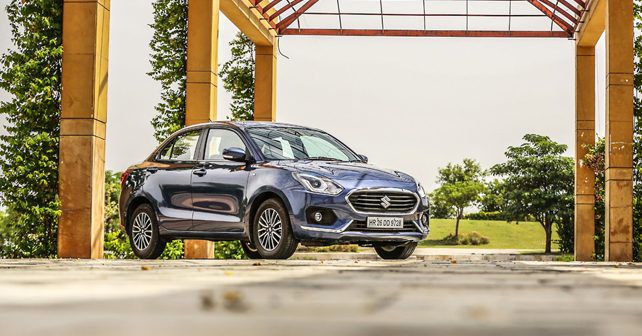
But, did the Indian customer care for any of this? Nope. The DZire was consistently India’s second highest selling car for years. It even managed to outsell the mighty Alto for a few months every year. As for its superior competitors, well, they never tasted much the same success.
So, we’ve established one thing for sure. Even if this new DZire comes dead last in this competition test, it’ll still be the segment bestseller by quite a margin.
This new car doesn’t give you even the slightest hint that it is indeed built on a hatchback platform. The line from the A to the C-pillar flows seamless onto the boot. In fact, the roofline looks similar to that of its bigger sibling – the Ciaz. And while that huge front grille could very well have appeared to be gaping, the entire nose of the car has been designed to ensure that it doesn’t. As for that curved raised section of the boot lid, well, it’s very Kizashi like. And that’s a good thing when it comes to design. In fact, unlike the previous model, the new DZire looks cohesive from every angle.
Although I can’t really say the same for the other newest car here – Hyundai’s Xcent, which was recently given the once over. Big grilles seem to be trending these days, and the face-lifted Xcent too picks up one. However, it doesn’t blend well with the otherwise narrow front profile. And every time you see those DRLs being reflected off something, you’re reminded that they look tragically aftermarket. The changes that do work well are the new split tail lamps and rear bumper. Still, the overall profile of the car isn’t as cohesive as the new DZire.
When it comes to overall design though, the Aspire has always had a very mature three-box profile. Apart from a slab-sided boot lid, and the 14 inch wheels that look a little small, the Aspire is actually one of the better looking cars in the segment.

The Ameo, meanwhile, looks good from the front – but that’s because the Polo on which it’s based is a good looking car. The profile isn’t too bad, but the manner in which the boot ends rather abruptly appears woefully amateur – especially considering that the design was finalised at Giugiaro in Italy. And the several sharp lines that appear to go in every direction certainly don’t help either.
Where the Ameo does score marks is in the front of the cabin. The dual-tone dashboard works well, while the switchgear and trim is of high quality – all of which combines to give the cabin an upmarket feel. The equipment list here is pretty decent too, with a touchscreen infotainment system, reverse camera, climate control, and a very high quality electrochromic rear-view mirror. The front seats are also the best here with plenty of support and perfect cushioning. Sadly, the good bits end there – as the Ameo has a very cramped rear seat that’s really suitable only for children. It also has the smallest boot here at 330 litres. So, road trips in this car will be cramped.
When it comes to boot space, the Xcent redeems itself with a segment leading 440-litre boot! In fact, the Xcent has a pretty spacious cabin on the whole. Although I do wish the seats were more supportive. My other problem with the seating is not related to the seats themselves, but even with the driver’s seat set to its highest, you still feel like you’re sitting too low as the window line is quite high – which means that you struggle to achieve a commanding driving position.
In contrast, and in previous compact sedan (CS) tests at autoX, we have always favoured the Ford Aspire, as the car has a large and spacious cabin with plenty of space for all occupants. Moreover, the quality of plastics and fit-and-finish is good, and it has a big 359-litre boot. Making things better is a good seating position, which actually makes this car worth considering as a ‘sedan.’
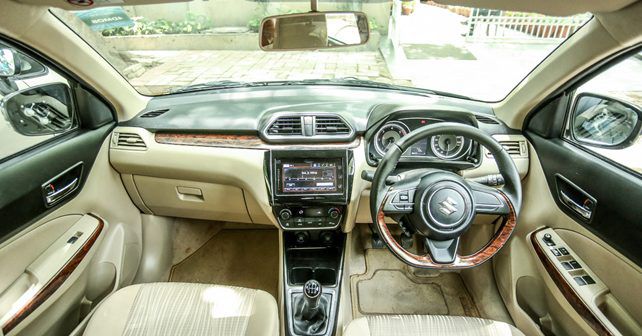
Moving onto the new DZire, for which cabin space was always its weakest link. Built on Suzuki’s Heartech platform, this car has a longer wheelbase than before, which frees up a lot of space for the rear seat. As a result, you get generous amounts of rear leg room and a comfortable rear seat with good under-thigh support. The DZire’s rear seat now also gets an AC vent and a centre armrest with cup holders. The new car has comfy front seats too. But the real highlight up front is the dual tone dashboard. The cabin design is simple, everything is well laid out and you get a good view out. You can sense that Maruti has put a lot of effort into making the new DZire as comfortable as it can be.
The car comes with the same set of engines as before, with the exact same specifications too. But the diesel model we have here was considerably more refined. Not only does the car feel smoother to drive, but NVH levels are seriously improved as well.
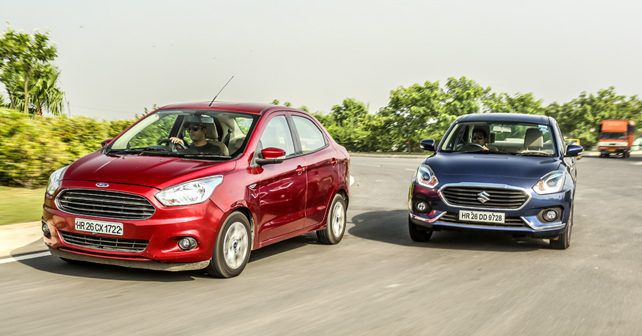
Like the previous model, the new DZire is powered by the same Fiat-sourced 1.3-litre MultiJet turbodiesel mill. It develops an identical 74bhp of max power at 4,000rpm and 190Nm of peak torque at 2,000rpm. The beauty of this engine is linear power delivery once you overcome the initial lag. In fact, Maruti has tuned this engine to have better driveability than the Fiat cars themselves. You can drive this car comfortably with a maximum input of half throttle all day long. And, like the previous Swift DZire, the car too has nice crisp gear changes and a light clutch. And driving sensibly will easily deliver an urban fuel efficiency figure of over 20km/l. In fact, I must say that all of Maruti Suzuki’s diesel cars powered by this engine are impressively efficient.
However, the one thing this engine does not like is to be pushed. Start driving fast and it runs out of steam at higher revs. And the quiet nature of the engine is overcome by the soundtrack of a loud diesel engine once you get past 3,000rpm.
All told though, the DZire proves why we need evolutionary models – so that a model evolves on all fronts and becomes a better overall product. And the way Maruti Suzuki has pulled this off with the third-gen DZire’s deserves applause.
But if there’s one car here that doesn’t need to grow up it’s the Ford Aspire. It’s 1.5 litre oil burner churns out 99bhp at 3,750rpm – so it has plenty of punch at higher speeds. But what really helps is its healthy 215Nm torque output, which is available from a handy 1,750rpm to a very usable 3,000rpm – giving it a great midrange.
The only aspect that takes away from the spirited nature of the Aspire is its steering and suspension setup. Don’t get me wrong, the light steering and cushy suspension is in perfect harmony with the nature of a compact sedan. But when you’re driving fast, the steering feels uncommunicative and the suspension a little too soft – leading to plenty of body-roll. As a result, the car also tends to get unsettled by mid-corner bumps. So, while this is a good highway cruiser, it’s not exactly an enthusiast’s delight.
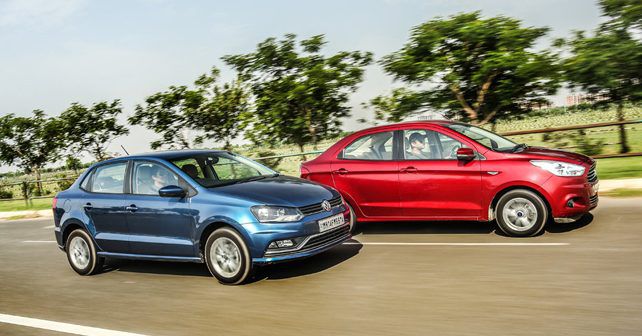
If you want lip-smacking performance though, look no further than the Ameo DSG. It’s the most powerful car here with 108bhp on tap. But the headline figure here is the 250Nm torque between 1,500rpm and 3,000rpm – right where it matters! Factor in the 7-speed twin clutch autobox and what you have here is a car from hot hatch territory. Working in the Ameo’s favour is its well-balanced chassis that allows you to carry serious speeds around bends. The suspension controls body movements very well, and even keeps the car planted over road undulations around corners.
I have to say that I really enjoyed driving this car. It’s quick to gather speed, and the DSG box always gives you the next gear absolutely seamlessly. You can change direction in a flash, and leaving traffic behind certainly gives you a very satisfying feeling. Be it for city use or mile munching on the highway, the Ameo DSG is absolutely fantastic. But, because this is a compact sedan, it has to be built to a cost. And you can sense that compromise when it comes to NVH levels. The diesel engine is a little too loud for comfort, and that noise filters into the cabin because VW has cut down on the NVH insulation in this car. I know this because the Vento diesel DSG has the same powertrain, but with a lot less clatter. In that car, most of the time you can’t even tell that there’s a diesel engine under the hood. That’s how good this powertrain can be.
A good powertrain, meanwhile, was never the forte of the previous Xcent diesel. Hyundai has addressed this issue by offering a marginally larger, and more powerful, 1.2-litre three-pot oil burner with identical power and torque outputs as the DZire. The end result is that it’s now much nicer to drive, with class-leading NVH levels – making this car very smooth, and ideal for city use. That said, drawbacks include a narrow power-band. There’s lots of turbo lag, and the engine is driveable only above 1,500rpm – while it peaks at 3,500rpm. Still, the short throw five-speed gearbox is nice to use and, despite the small engine, the car always feels up to the task – even at 130km/h in fifth gear. Let’s just say that it’s much improved! That said, it is getting a little long in the tooth, and Hyundai needs an all-new model if it wants to lead this segment. The other car that feels out of date here – despite its impressive powertrain – is the Ameo.

The battle, then, is really between the Aspire and DZire. The Aspire is nicer to drive and has low maintenance costs. But the cabin, despite being spacious, feels a bit dated now and the equipment list (apart from 6 airbags) is limited. The DZire, in contrast, feels very contemporary. It has the most modern interior, it’s well equipped, has good in-cabin space and comfort, drives well and is the most fuel-efficient car here. It even looks good now. And don’t forget that those LED headlights stand out and offer superior night-time visibility.
All things considered then, the DZire does legitimately emerge as the best compact sedan on the market today. It checks all the boxes, looks and feels contemporary, and is just what the customer ordered. So, not only is the DZire our winner here, but expect it to be right on top of the sales charts for some time
to come.
Engine: 1,248cc / Inline 4-Cylinders / 16 Valves / DOHC / Turbocharged
Fuel: Diesel
Transmission: 5-Speed Manual / Front-Wheel Drive
Power: 74bhp @ 4,000rpm
Torque: 190Nm @ 2,000rpm
Price: Rs.8.94 lakh (Ex-showroom, Delhi)
X-Factor: A very mature product overall. Refined, comfortable, well equipped, spacious and (now) good looking.


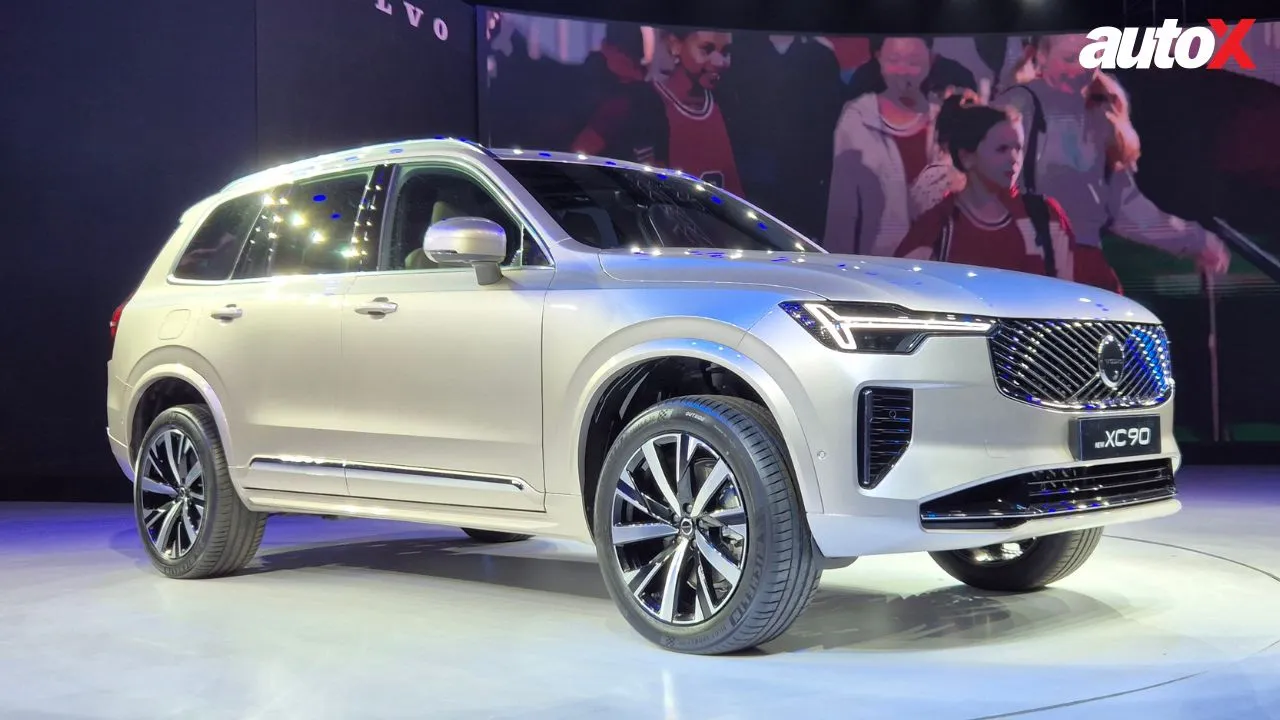

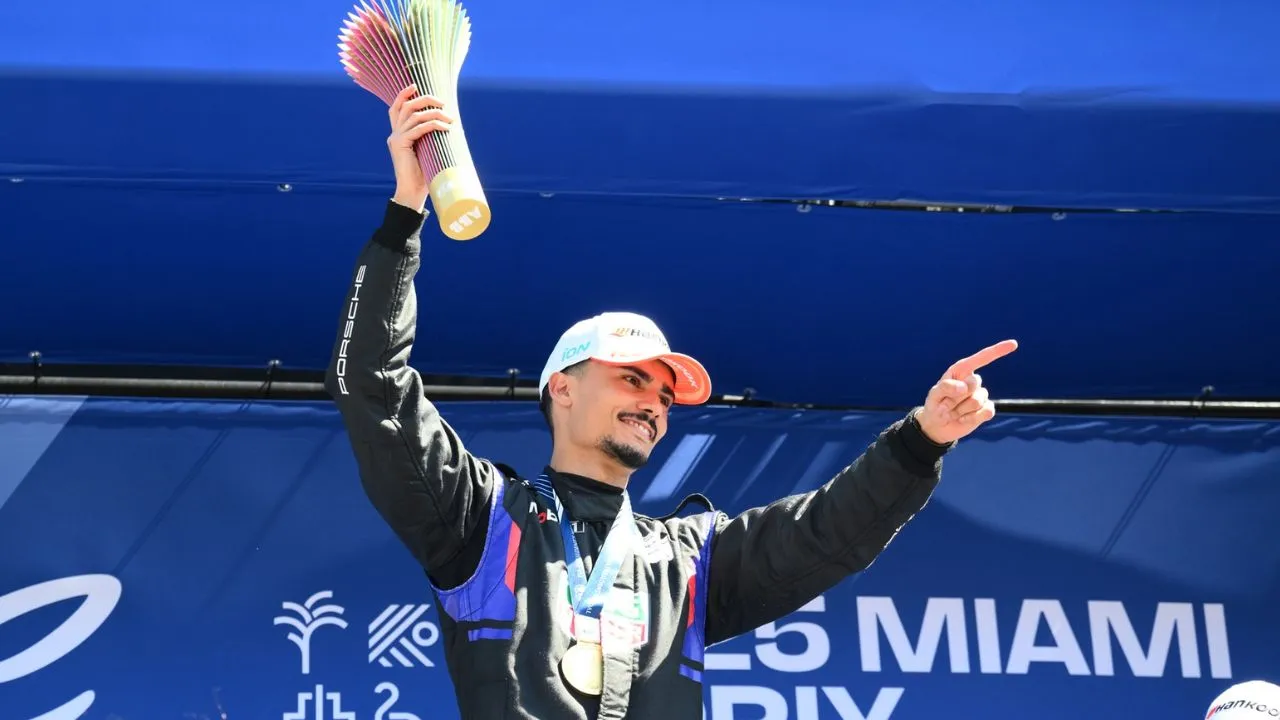

.webp)
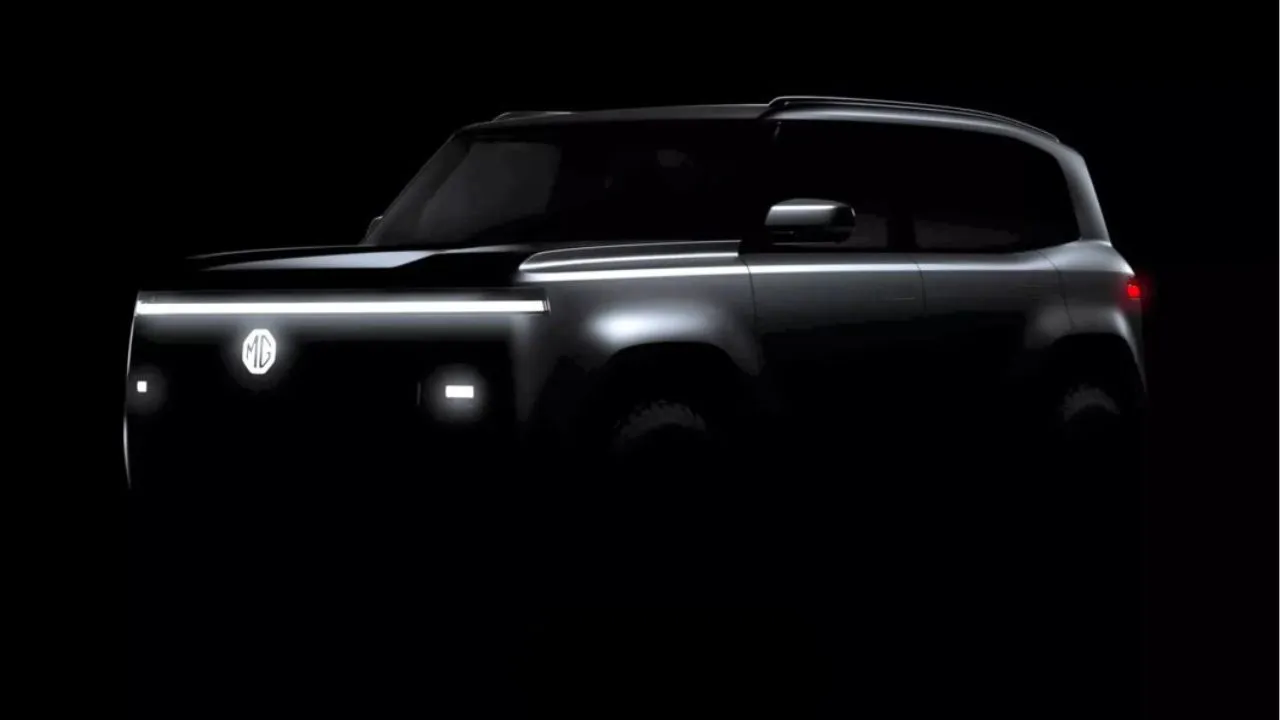
.webp)



















Write your Comment on